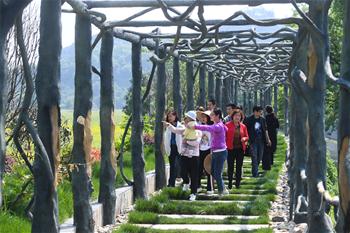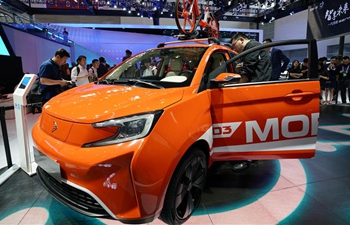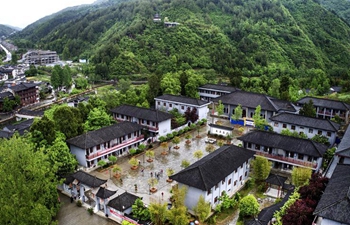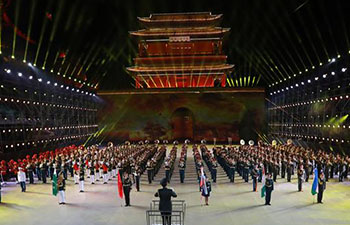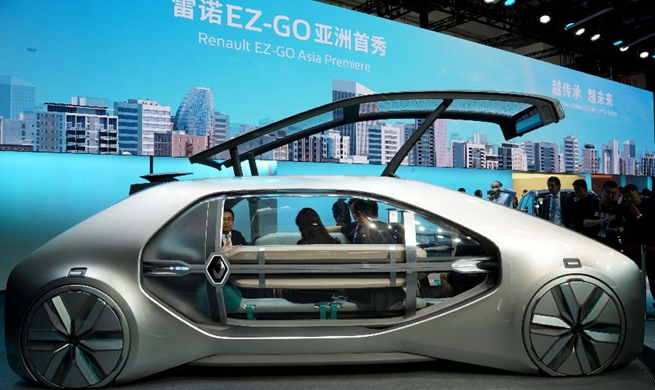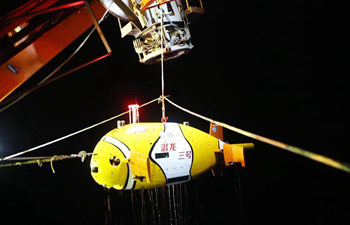HARBIN, April 25 (Xinhua) -- China has the technological basis for a manned lunar landing, says Zhou Jianping, chief designer of China's manned space program.
Human exploration of the universe would not stop in low-Earth orbit as China was drawing up the blueprint for manned space development after the construction of its space station, Zhou told a space conference in Harbin, capital of northeast China's Heilongjiang Province.
With Mars as a long-term target and the Moon as a transition goal, manned lunar expeditions were a focus for global space activities.
"We have had in-depth discussions with many experts about manned lunar exploration, and conducted research on key technologies in recent years," Zhou said.
He also introduced the plan for China's space station, which is expected to be completed around 2022.
The development of the capsules for the station had started, said Zhou, and many advanced technologies would be used to construct and operate the station.
China's Tiangong space station, weighing 66 tonnes, would consist of the Tianhe core capsule and the Wentian and Mengtian lab capsules. The station could be enlarged to 180 tonnes if required for scientific research. It could accommodate three to six astronauts and was designed to last at least 10 years, said Zhou, but this could be prolonged through in-orbit maintenance.
The station would stay in orbit at an altitude of about 393 kilometers. A capsule flying in the same orbit would hold a large optical telescope with a field of view 200 times larger than that of the Hubble space telescope. It could dock with the space station if necessary.
While smaller than the International Space Station (ISS), the construction and materials supply of China's space station would be close to the ISS, and its technologies in information, energy and dynamic systems were more advanced.
Its main purpose would be cutting-edge scientific research, including space medicine, space life sciences and biotechnology, material sciences, microgravity basic physics, astronomy and astrophysics.
"Constructing the space station, which is a complicated large structure, is a new challenge, but it will push forward the development of space technology," Zhou said.
"We will also test the key technologies needed for human deep space exploration."




